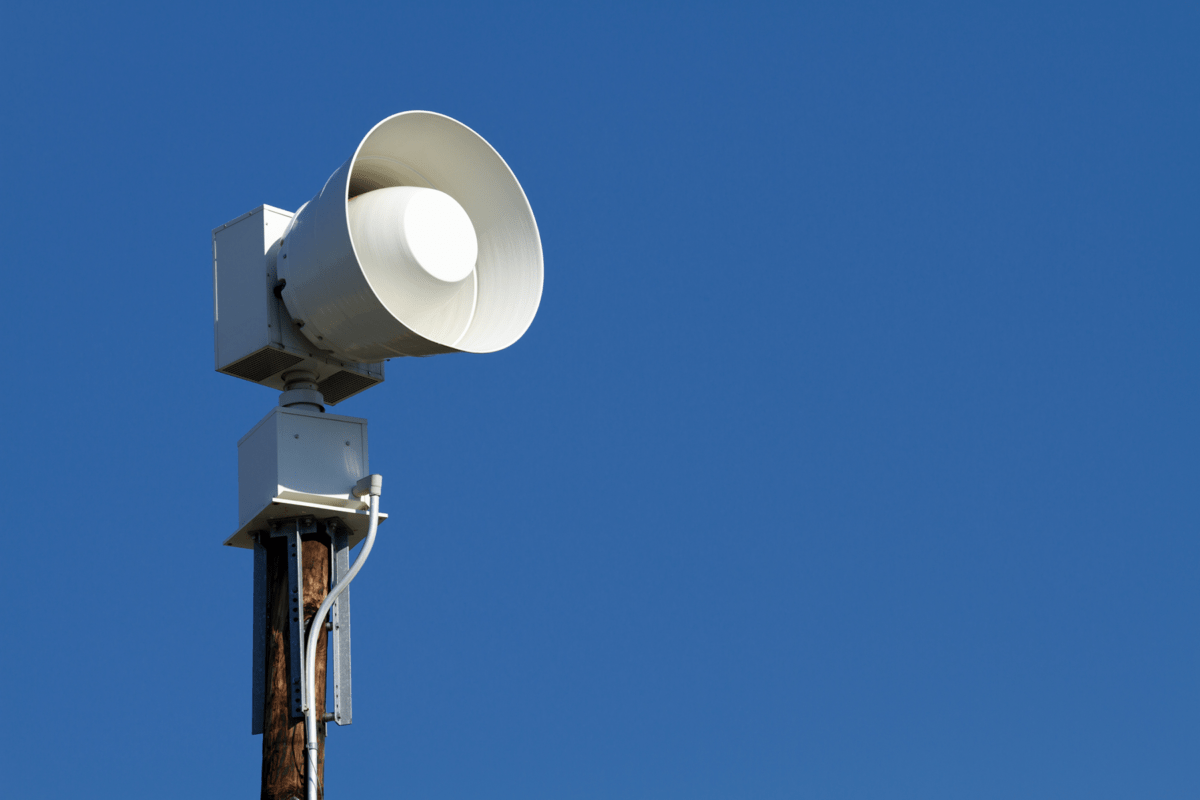
On Musical Interruptions
Note: For this month’s blog, I’m uploading something a little different from our regularly scheduled programming. For awhile now, I’ve wanted to share something more in the essay format, and decided this month was the time to take the plunge. The first draft of this essay was written after I noticed the connection between two recent, personal listening events. Going forward, I will continue to write historical pieces and interviews for the blog like I have in the past, but hope to incorporate more posts in this style as well.
One of the beauties of recorded sound is that once it’s recorded, it stays that way forever, right? Well, I think anyone who’s played a scratched LP knows that’s not true. I own a copy of Stop Making Sense whose scratch on the B side creates a weird little polyrhythm you can’t find anywhere else. However, in the age of streaming, we’ve come to a certain understanding of how our favorite recordings sound. There is an assumed level of perfection to playback. We expect each album to be relayed to us exactly the same way every time, and that what we hear on that recording is the be all, end all document of that experience. Any interruption is incorrect. That assumption is in no way new to the streaming era, but I definitely think it’s magnified.
In live settings, musical interruptions or breaks through silence can be performed (John Cage, 4’ 33”), embraced (Tokyo’s onkyo movement), or scorned (clapping between movements at a classical concert). The conclusion of Kyle Gann’s book, No Such Thing As Silence: John Cage’s 4’33”, discusses the various approaches artists take to recording 4’33”, ranging from pure digital silence to recording the ambient sound of the room, the former encouraging the listener to perceive the sound of their own space, whereas the other transports the listener to the sonic environment at the time of recording. In either instance, anything that interrupts the “silence” becomes the musical work itself. Still, the medium of recorded sound has a certain fixedness that Cage didn’t care for (see David Grubb’s Records Ruin the Landscape).
The experience of listening to a record is not as fixed as the document itself. What happens to our listening experiences when an outside force interrupts a recorded musical moment? In a world that is inundated with increasingly constant interruptions and distractions, do we embrace these moments as part of the musical landscape, or fight against them? David Toop writes in the prologue to his book, Ocean of Sound: Ambient Sound and Radical Listening in the Age of Communication, that “The sound object, represented most dramatically by the romantic symphonies of the nineteenth century, has been fractured and remade into a shifting, open lattice on which new ideas can hang, or through which they can pass and interweave. This is one metaphor. Landscape is another — a conjured placed through which the music moves and in which the listener can wander.” Do our interruptions “pass” or “interweave” through our recorded sound objects? I had two experiences of musical interruption while listening to albums recently — one that I cherished and one that annoyed me — that made me reflect on how the daily disturbances of living in the Midwest in 2023 shape my listening.
I’ll start with the one that annoyed me so I can end on a happy note. The experience I had made me think of a book I’d just finished, Ray Bradbury’s dystopian tale, Fahrenheit 451. One of the passages that most unsettled me was when Montag was on the subway to Faber’s house, his reading incessantly disrupted by the Denham’s Dentifrice commercial blaring in the train car. A few days later, I was listening to the recently reissued La Monte Young ‘Black Album’ on YouTube, and I think you can see where this is going. The first side of the album is a drone piece, the drone a sine wave, with La Monte Young and Marian Zazeela improvising vocally on top. Of course, listening to a drone sends you into a flow state or a trance of some kind, a very unique listening experience that relies on immersion. However, if you want to immerse yourself in something in 2023, you have to pay or else you’ll be sold something. Which is perhaps the lesson I was taught here. About ten minutes into the piece, I was disrupted by an ad. I don’t remember what the ad was for, but I do remember the interruption. The jarring sensation of being ripped out of a musical moment captured in 1969 and ruthlessly jettisoned back to the present day. I better buy the CD.
The word “pass,” which David Toop used to describe how new ideas move through a sound object is maybe the best descriptor for this experience, in which a completely different sonic experience of listening to an advertisement “passed” through my chosen listening experience, completely replacing it for a brief moment before resuming as if nothing had happened.
However, not every interruption comes from the near inescapable advertising algorithm. While I was getting ready on the first Wednesday of the month, I had popped Sonic Youth’s Dirty into my CD player to accompany my routine. With my head down, tying my shoes, about to cut “Theresa’s Sound-World” short and head out the door, I heard a strange sound blend in with the album. Frankly, it wasn’t a sound that seemed out of place on a Sonic Youth record, just different. Unfamiliar. I looked down at my watch, realized it was noon, and the sound made sense. The tornado siren test at the top of the month. I sat with the moment, in awe as the siren melded with the climactic cacophony of the track (around the four minute mark for reference), creating dissonance and conjuring a spontaneous rendition of that track I’ll never hear again. Unless I time it, but that would be lame.
I welcomed the interruption of that moment that was a byproduct of where I live, the way weather works, and the safety measures that have been in place for decades. A coincidental merging of my environment and a “fixed” musical document. To reference Toop again, this instance was more of an “interweaving” moment of spontaneous ambient sound mixed with a chosen listening experience.
What these two little daily moments reminded me is that records aren’t fixed, or at least that the experience of playing them back isn’t. Everything about who we are and what our society values can shape them. Advertising within a capitalist economy interrupted my listening in one case, the assurance of physical safety in the other. Both completely altered the listening experience, one for better and one for worse based on my value judgements. And while we might not appreciate how and when our listening is interrupted, paying attention to why can reveal little specks of insight into our surroundings and the ever-shifting medium of recorded sound.
– Hannah Blanchette
June 4, 2023 | Blog
